***This article originally appeared in the November ’22 issue of Animation Magazine (No. 324)***

ONI: Thunder God’s Tale, the new limited series from Tonko House, the indie studio behind the 2014 Oscar-nominated short The Dam Keeper, is one of the much-anticipated highlights of the fall season. The stop-motion-inspired, CG-animated series features a lush and physically tangible world filled with the oddball gods and monsters of Japanese mythology, where the free-spirited Onari — a brave young girl caught between two worlds divided — is determined to find her unique power that will allow her to protect her peaceful village from the encroaching threat of the gods’ mysterious enemies, the “Oni.”
The four-episode series was created by showrunner and Tonko House co-founder Daisuke “Dice” Tsutsumi, who grew up on tales of Japanese mythology in his native Japan. It was produced by Sara K. Sampson (Sonder), and executive produced by Tsutsumi alongside Tonko House co-founder Robert Kondo, who also served as production designer, and Tonko’s head of content, Kane Lee (Crow: The Legend, Namoo).
Inspired by a painting Tsutsumi created for an exhibition in Japan, ONI, he says, is his most personal project yet. “The painting I did was of characters from folklore I grew up with in Japan,” he explains. “At the time, there wasn’t much of a story just yet, but I felt like I would love to share my childhood memories and the things I was excited about growing up — the stories that I loved — through my lens, through my perspective. Of course, it was just a painting. Who knew that it would turn into a 150-minute story?”
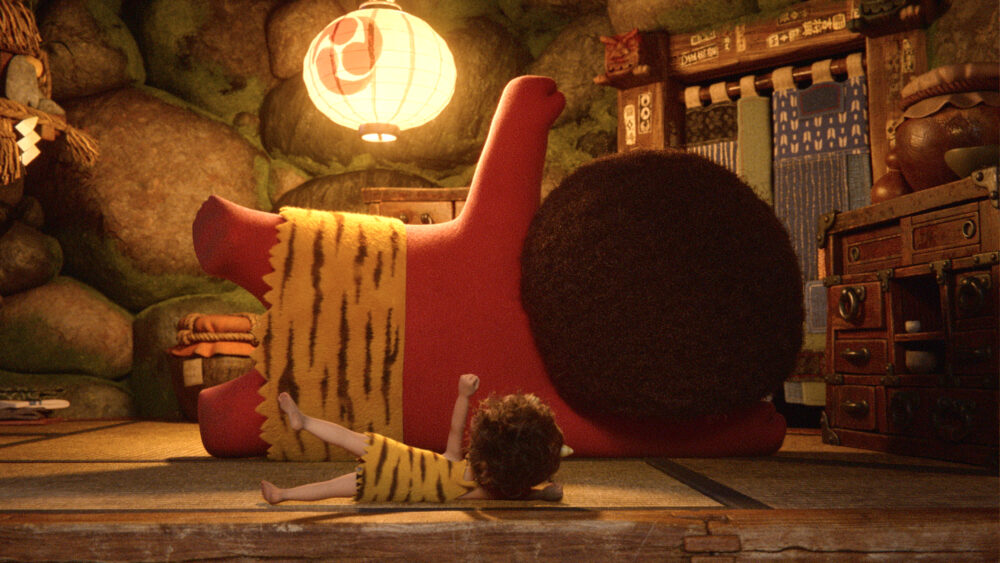
Fearing the Outsider
While Japanese folklore may have served as inspiration for ONI, the story is completely his own, says Tsutsumi, who was honored in 2021 with the June Foray Award at the 48th Annie Awards. Known as monsters or devils in Japanese mythology, oni are typically portrayed as villains. But these monsters from ancient Japan, he notes, may have actually been outsiders — either foreigners or indigenous communities with people who looked very different from the mainstream Japanese population.
“That concept really inspired me,” he recalls. “I felt like, ‘Yeah, that idea of humans fearing people who are different from themselves, that’s the same today.’ We live in a world where we still are afraid of people who look different or speak different languages or have different cultures.”
Initially conceived as a stop-motion production using puppets, ONI continued to evolve until it became apparent the studio would never be able to complete the series on time using painstaking stop-motion techniques, and it would have to be done in CG.
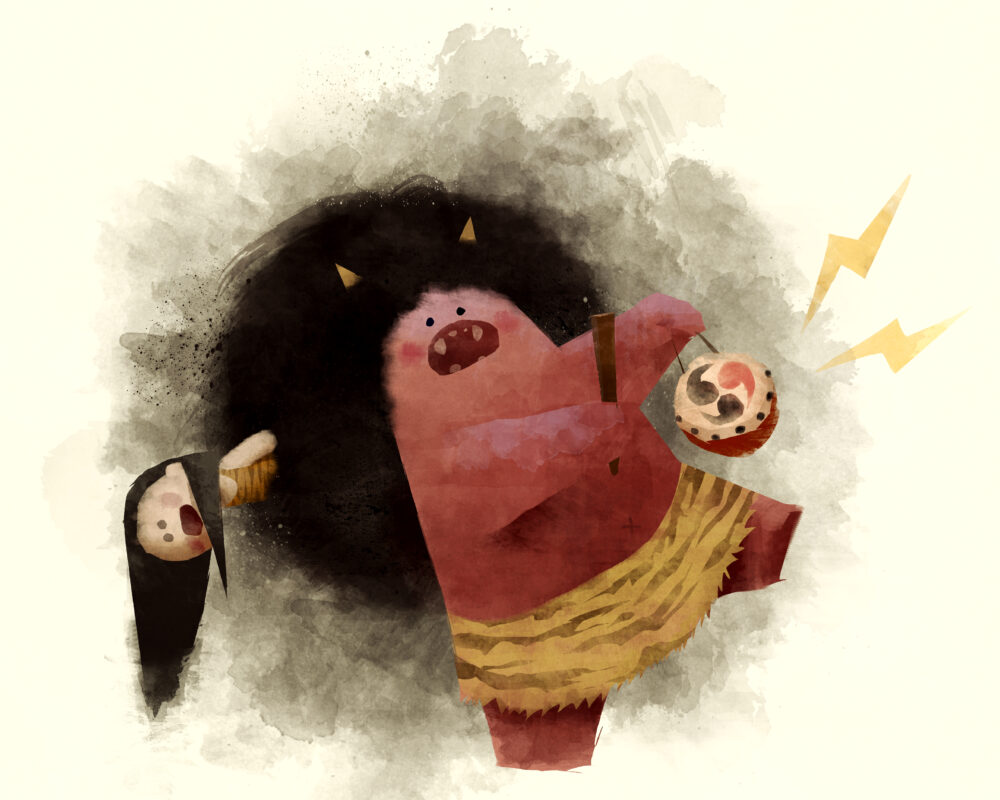
“One of the reasons why it turned into a CG animation is that the story became much bigger and deeper than when I first started the project,” says Tsutsumi, recounting how once he started working with Japanese anime writer and filmmaker Mari Okada (Maquia: When the Promised Flower Blooms, Anohana, The Anthem of the Heart, A Whisker Away), the project “turned into something that I was a lot more excited about and a lot more personally connected with.”
No stranger to CG pipelines, the Tonko House co-founders originally met at Pixar, where they both worked as art directors on Monsters University. Building a solid foundation in the studio production system they later carried to their new endeavor, Tsutsumi handled lighting design and character shading on the 2013 BAFTA-winning feature, while Kondo did set design and shading.
“We knew how CG animation production works, so we felt like, okay, if this is going to be our big stage, we have to execute it in the best way possible,” Tsutsumi says. “But because we’re very familiar with CG, we also knew how difficult it is to make it look the way we wanted with the limited schedule and budget we had.”
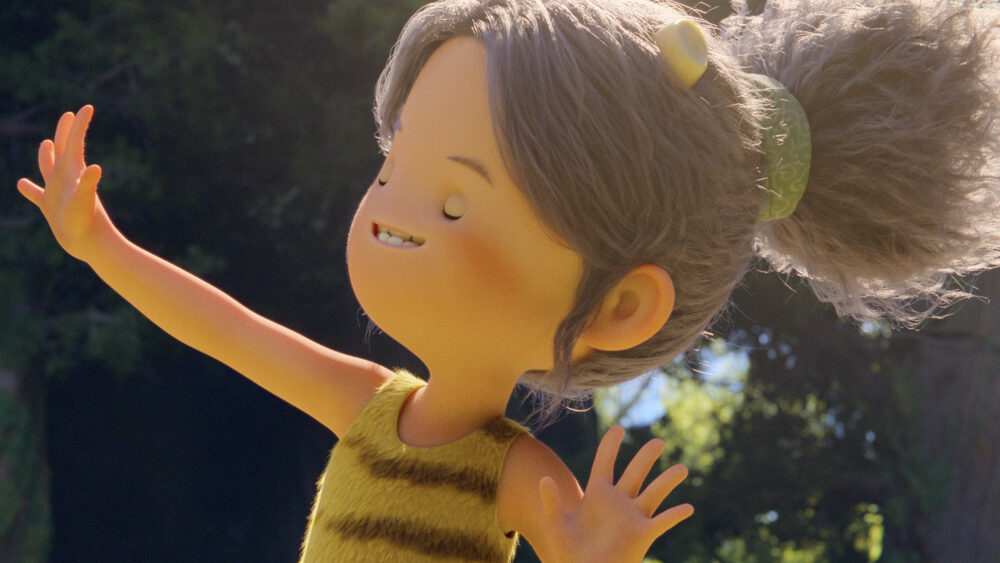
Tonko House had originally partnered with Megalis VFX to handle effects for the stop-motion version of ONI, a relationship that expanded following the decision to move to CG. The Tokyo-based studio, responsible for the overall look of the series, handled the bulk of the CG work, with additional animation provided by CG studios Anima and Marza.
With Tsutsumi responsible for character design and Kondo handling production design, the duo employed lighting to convey atmosphere and emotional story beats. “From the beginning, my production designer Robert Kondo’s biggest goal was, can we make it feel warm and touchable, tactile? That’s the keywords we used,” Tsutsumi says.
“Stop motion, which I really enjoy, is so much like live action when it comes to lighting, and we applied those ideas to our CG production,” he continues. “We asked, ‘how can we learn from the stop-motion medium and apply that to a CG so that we can still make it feel tactile, make it feel believable, and use the light to tell the story?’”
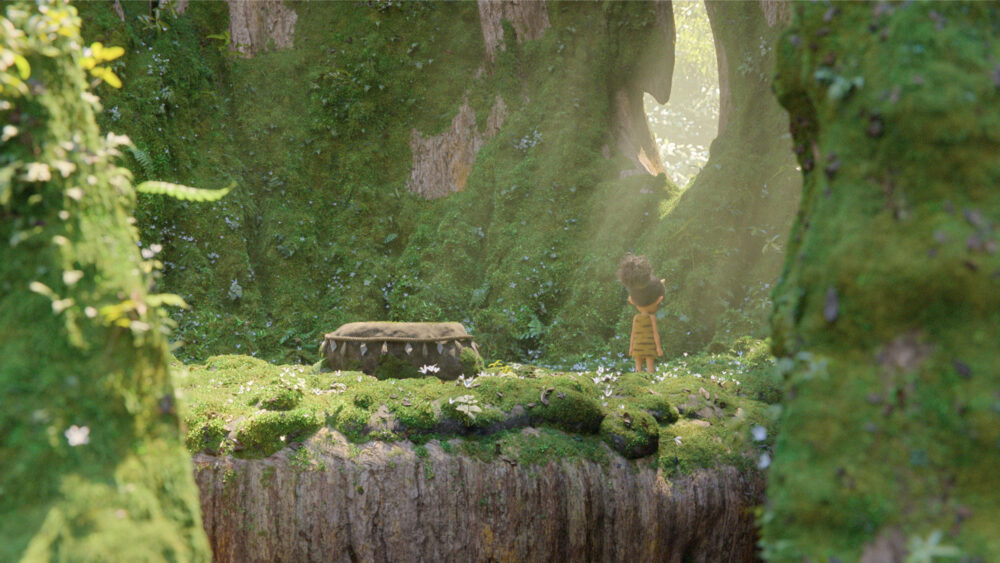
Inspired by the work of classic Japanese filmmakers such as Yasujirō Ozu, Tsutsumi took a cinematic approach to crafting ONI. Ozu’s camerawork and pacing “are not necessarily welcome in regular Western filmmaking,” he said, but “Ozu’s sense of quietness, I wanted to bring that in.”
Tonko House also employed a feature film pipeline for ONI. “We had a producer, a director, a production designer,” Tsutsumi points out, noting that he functioned more as director rather than the typical showrunner overseeing a writer’s room.
As a character designer, Tsutsumi feels that stories should be through the perspective of characters’ personalities. “Character design is a little bit strange,” he laughs. “I can’t quite ask somebody else to design characters, but I might ask somebody else to make my design better. We had excellent designers, but they had to be my characters.”
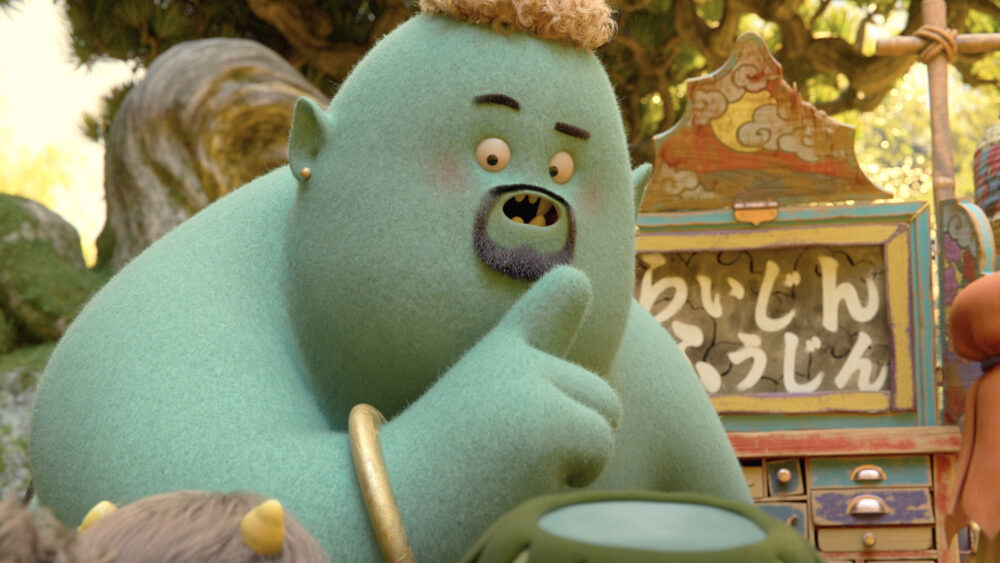
Dare to be Different
Tonko House’s trademark “dot eyes,” as Tsutsumi calls them, are a crucial element of his designs, evoking his Japanese heritage in contrast to the large, rounded eyes of many Western animated projects.
“I really had to fight for that,” he reveals. “I promised Netflix, ‘Hey, I understand your concern. I assure you, we can convey emotion.’ I know they’re worried about how the dot eyes can convey acting and emotions. I’m like, ‘I can guarantee you, we can do it, but you have to trust us.’
“I’m like, let the audience fill in the gaps. You don’t have to make all the characters look the same,” he says. “It’s very similar to, ‘Hey, Japanese people, your eyes are not the same as Caucasian people’s eyes.’ Animated characters should have a diversity in design. It doesn’t have to be the same.”
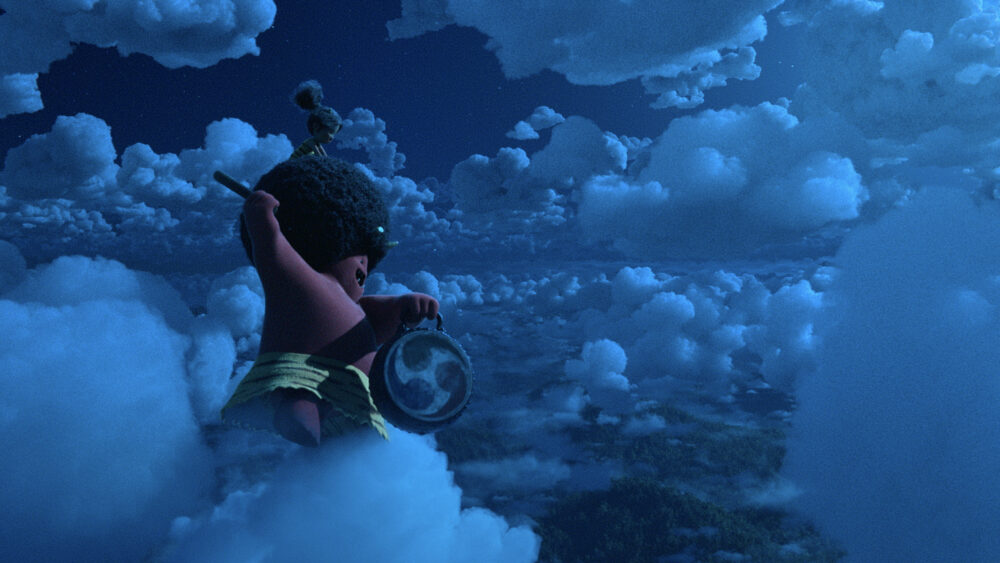
Like many independent animation studios, Tonko House has had its struggles, Tsutsumi acknowledges. “It’s a very difficult world. This industry is not very easy for independent studios, but I think our passion of wanting to tell our own stories just kept us going. Despite some of the dark days and difficult times we had, ONI has brought us to the stage we can be most proud of, and hopefully that leads to the next thing. We have many other dreams that we want to pursue, and ONI is the first step towards that. ONI wasn’t easy and we are still struggling to this day, but at least we can share that journey with everybody, hopefully soon, through Netflix.”
ONI: Thunder God’s Tale premieres on Netflix on October 21.





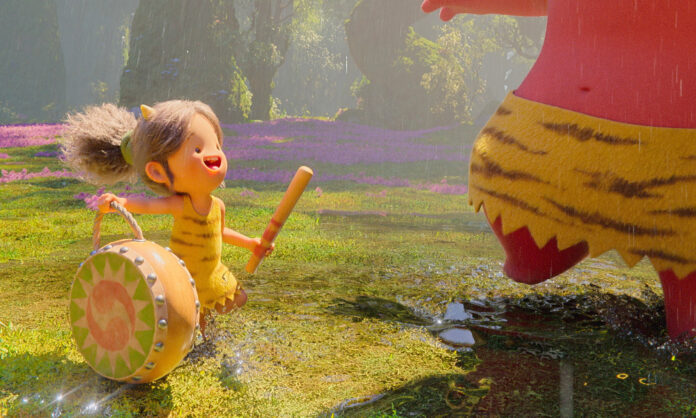


 Win 'The Art of DreamWorks Dog Man'!
Win 'The Art of DreamWorks Dog Man'! 


